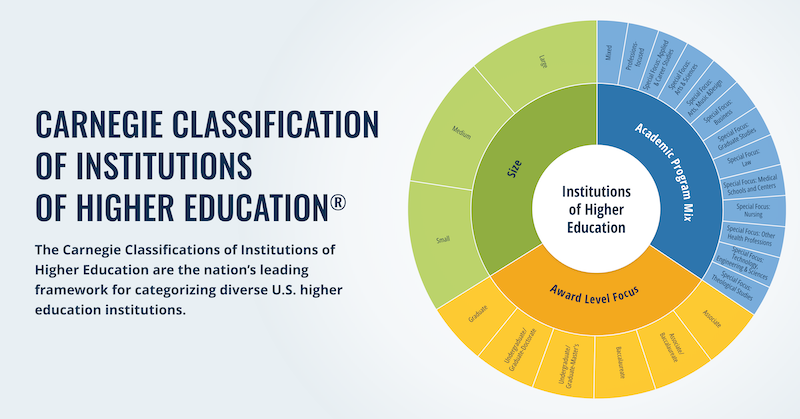Suppose you are the superintendent of a Midwestern district with 12,000 students and 600 teachers in 25 schools. All of these teachers are observed and evaluated by their school principal annually. The district uses the state’s growth scores for tested grades and subjects as well as a common rubric for 30-minute formal observations that will occur three times throughout the year. What would this teacher evaluation system cost your district?
We know that the costs—in dollars and human resources—of implementing evaluation systems like this are difficult to predict and not insignificant. The Carnegie Foundation for the Advancement of Teaching has developed the Carnegie Cost Calculator to help district leaders and members of the broader K-12 community understand and estimate time and financial resources involved in evaluation.
In the case of your Midwestern district, the Cost Calculator could help you estimate the number of staff hours dedicated to evaluation (9,000 hours spent by teachers and 2,100 hours spent by principals) and the $1,130 cost per teacher evaluation given this design with a total price tag of $677,757. The Cost Calculator also allows you to see the cost of increasing the length of observations from 30 to 50 minutes—600 principal hours which works out to $50,000 of salary or the cost of adding science tests in grades 3-8—which would run $380,000 with material costs and teacher time. As noted, the costs are not insignificant.
The Cost Calculator also allows you to see the cost of changing your evaluation system.
Currently, there is unprecedented momentum in the United States to develop and implement annual teacher evaluation systems. While there was considerable variability at the district level, two years ago, only 15 states had in place annual evaluation for all teachers (some states allowed teachers to be evaluation every five years or less), and 35 of the 50 states did not use student test scores as an important criterion in teachers’ evaluations. Today, 24 states and the District of Columbia Public Schools require annual evaluations for all teachers, 23 states and the District of Columbia require that teacher evaluations include student achievement results. In addition, these evaluations are being used to make important personnel decisions. For example, in nine states teachers can be dismissed based on their ratings, and in 24 states teacher evaluations are explicitly tied to student test scores.
There is also quite a bit of variability in how evaluations are designed. In 2011 Minnesota passed a law to implement a teacher evaluation system that focused on classroom observations and student performance on assessments. Districts and schools are now struggling to capture the costs of implementing the new system changes. Estimates of the total costs range from $66 million to $289 million. The uncertainty around costs of Minnesota’s new system is not the only concern. There is also uncertainty around how to staff the additional duties that will have to be performed, presumably, by existing staff. It is not clear what work these new duties should replace. And in New Mexico, legislation was recently passed that will remove the work of teacher observations from principals and will require teachers to evaluate each other.
The Cost Calculator anticipates all of the major costs embedded in the variety of evaluation systems, allowing users to see the human resources and dollars need to support an evaluation system. It is organized into three sections: Data Entry, Data Summary, and Data Report.
Data Entry
The Data Entry section walks users through the different components districts may include in their evaluation system. The calculator has a series of questions for each component to calculate the time and cost for implementation. The calculator includes information on the size of the district (numbers of students, teachers, administrators, etc.) as well as the time and cost for: contracted services, student assessments, formal observations, training, and communications.
Data Summary
The Data Summary section contains all the information entered in the Data Entry section and allows users to make any edits before continuing to see the results on the Data Report page. After reviewing the Data Report, users can return to the Data Summary page and modify their numbers to explore cost and time implications of changes to their evaluation design, or input numbers to reflect their plans for subsequent years.
Data Report
The Data Report provides a breakdown of both the opportunity costs and financial costs. The opportunity cost of the evaluation system is the time staff spent on the evaluation system at the expense of other potential uses of their effort. Financial costs include staff time, materials and services purchased as well as additional staffing, technology, or assessments needed to support the evaluation system.
Use the Carnegie Cost Calculator »
Funded through a cooperative agreement with the Institute of Education Sciences. The opinions expressed are those of the authors and do not represent views of the Institute or the U.S. Department of Education.
August 26, 2013
Human capital is the largest single investment that K-12 districts make to influence student outcomes. A Human Capital Framework for a Stronger Teacher Workforce presents a framework to build a stronger teacher workforce.
September 27, 2013
The 90-Day Cycle has emerged as an invaluable method for supporting improvement. The Handbook serves as a guide to the purpose and methods of this disciplined and structured form of inquiry.






